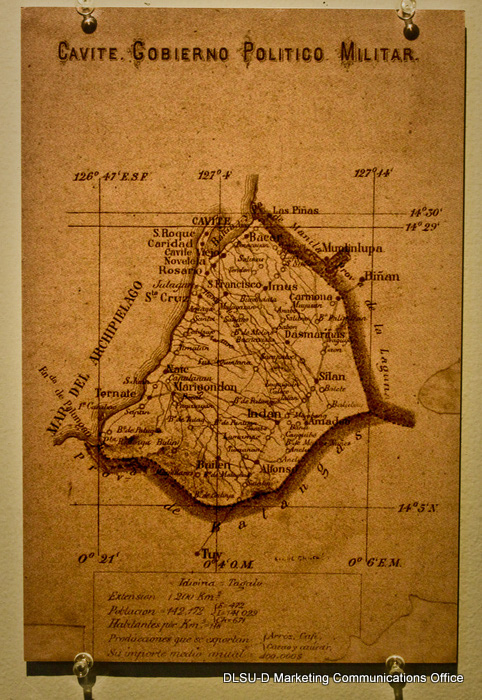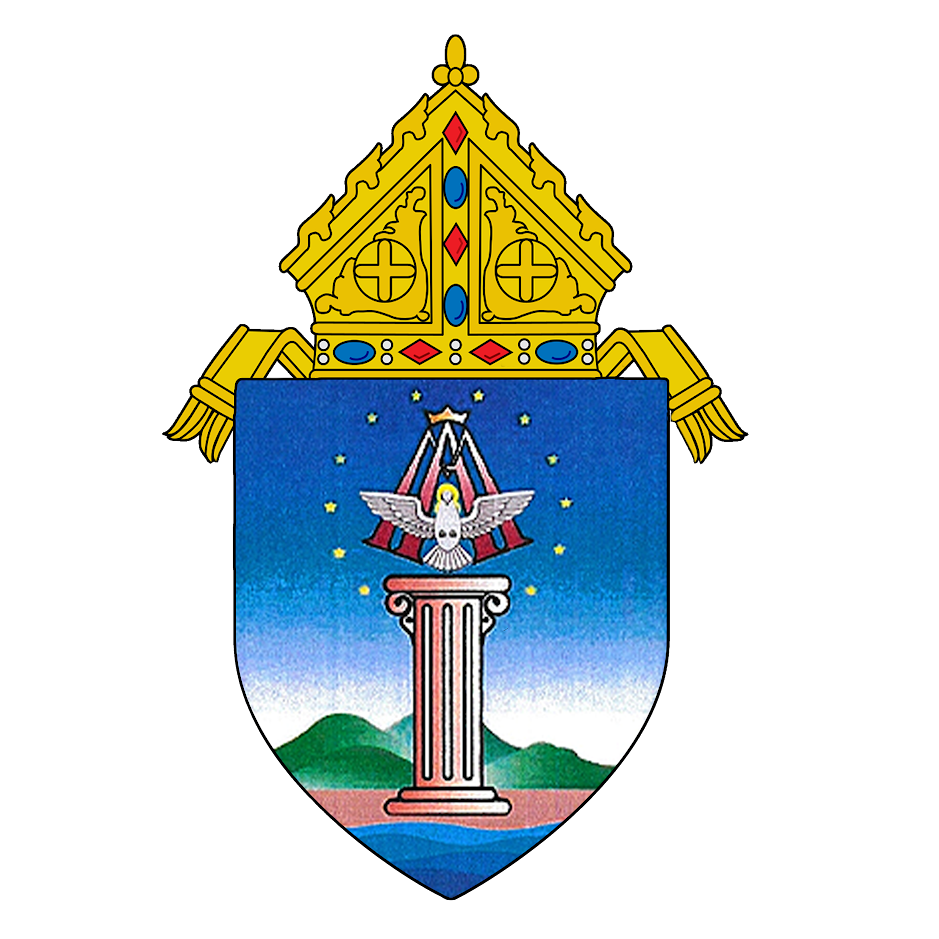Humble Beginnings of the Diocese
THE PROVINCE OF CAVITE
The province of Cavite is located in the southwestern part of Luzon. It is hemmed at the south and southwest by Batangas, at the east and northeast by Laguna, and at the west and northwest by Manila Bay. The province received its name from the Tagalog word “Kawit,” meaning fish hook, which is descriptive of the fish hook-like formation of the peninsula extending from the present day Kawit to the present-day Cavite City.

THE BEGINNINGS AND SPREAD OF THE FAITH IN CAVITE
When the Spanish conquestadores came to Cavite, they brought with them not only the Spanish flag, but also the Holy Catholic Faith. The Spanish missionaries lost no time in evangelizing the natives so that by the end of the 16th Century, two parishes were established in Cavite. These were Silang in the upland area and Cavite Puerto in the lowland coastal area serving as the cradles of the Catholic faith in Cavite.

BAJO LAS TOQUES DE CAMPANA
Never did a Christian community in the Philippines so throb to the rhythm of the bells bajo las campanas. The bells of the eight churches of Cavite Puerto swing and rolled in rapturous celebration of naval victories or tolled the abyss of anguish and pain of defeat and death. As the sun set turned the bay into a shimmering golden pond, ....

CAVITE TIERRA DE MARIA SANTISIMA
Though this accolade was given to the Puerto during the 17th Century, this may as well go for the entire province of Cavite as the seeds of the Catholic faith thrived and blossomed in its many other towns. Such was the rapid spread of devotion to Mary that many parishes were dedicated to Our Lady as well as Marian organizations established in Cavite through the centuries.

THE SECULAR FOUNDATIONS
Before their expulsion from the Philippines in 1768, the Jesuits had evangelized almost all towns of Cavite Province. When they left Cavite, most of their parishes were turned over to the secular clergy. The old parishes of Silang, Indang, Maragondon, Naic, and Cavite Viejo were given to diocesan priests. However, there were also many parishes, which were given the secular clergy since their very foundation like the one in Cavite Puerto, the Parish of San Pedro Apostol, established between 1586 and 1591; it was given to the Recollects only during the later part of the Spanish regime and the San Roque, which was created by the Royal Cedula of March 10, 1688.

THE FRIAR HACIENDAS
Even as the friars zealously propagated the Catholic faith, they never lost sight of the temporal interests of their religious congregation. Vast tracts of land were granted by the Spanish King to those who helped in the pacification of the land. Later, the encomiendas were converted into the haciendas. The different religious orders who helped in subduing the natives also received their share of arable lands which would support their various communities and endeavors. The friars acquired their hacienda either by purchase or through gifts of pious faithful.

CAVITEÑA RELIGIOUS MISSIONARIES
The strong racial discrimination that plagued the Catholic Church during the Spanish Era made it almost impossible for native Filipinos to be accepted in the different religious orders. The case of Fray Ignacio de Manesay de Sta. Teresa, OSA, was quite exceptional.

THE CHURCH AND THE FAITHFUL OF CAVITE DURING THE REVOLUTION
One of the sources of animosity between the camps of Emilio Aguinaldo and that of Andres Bonifacio was their differences in religious attitudes. Seldom was this treated in history books, but it definitely caused a deep rift between the two factions.

THE CAVITEÑO CLERGY, LEADERS OF THE REVOLUTION
On March 23, 1897, Gen. Aguinaldo took his oath as President of the Revolutionary Government. Fr. Cenon Villafranca, a native of Maragondon, administered the ceremony to Aguinaldo and other officials who all took the oath of office before the Holy Cross, the patron of Sta. Cruz de Malabon.

SCHISM IN CAVITE
The Filipinization of the parishes was one of the battle cries of the Revolution. While majority of the Filipino clergy remained loyal to Rome, some did join the schismatic church organized by Gregorio Aglipay, former parish priest of Indang, and Isabelo de los Reyes. The failure of Rome to readily address the problem of the Philippine church and the patriotic fervor of some factions in the Revolution brought about the establishment of the Aglipayan Church.

CHURCH MEDICAL INSTITUTIONS
The care of the sick is another area of church concern. During the Spanish regime, hospitals were supervised by the church. In 1591, San Pedro Bautista, the proto-martyr of Japan, built the Hospital del Espiritu Santo on a lot donated by Don Felipe Correo in Cavite Puerto. In 1640, the hospital was closed upon the order of Don Sebastian Hurtado de Corcuera

CATHOLIC EDUCATION IN CAVITE
The education of the youth has been part of the Mission of the Church. As the common practice during the Spanish regime, almost all parishes have their own school where young boys and girls were taught how to read and write; how to count and the basic tenets of the Catholic faith. Late in the 16th Century, the Franciscans had established a school in Silang which would be taken over by the Jesuits.

